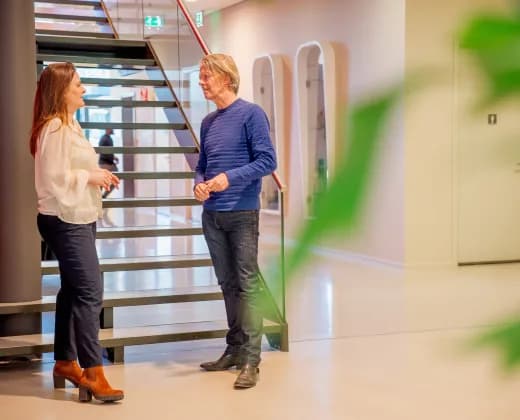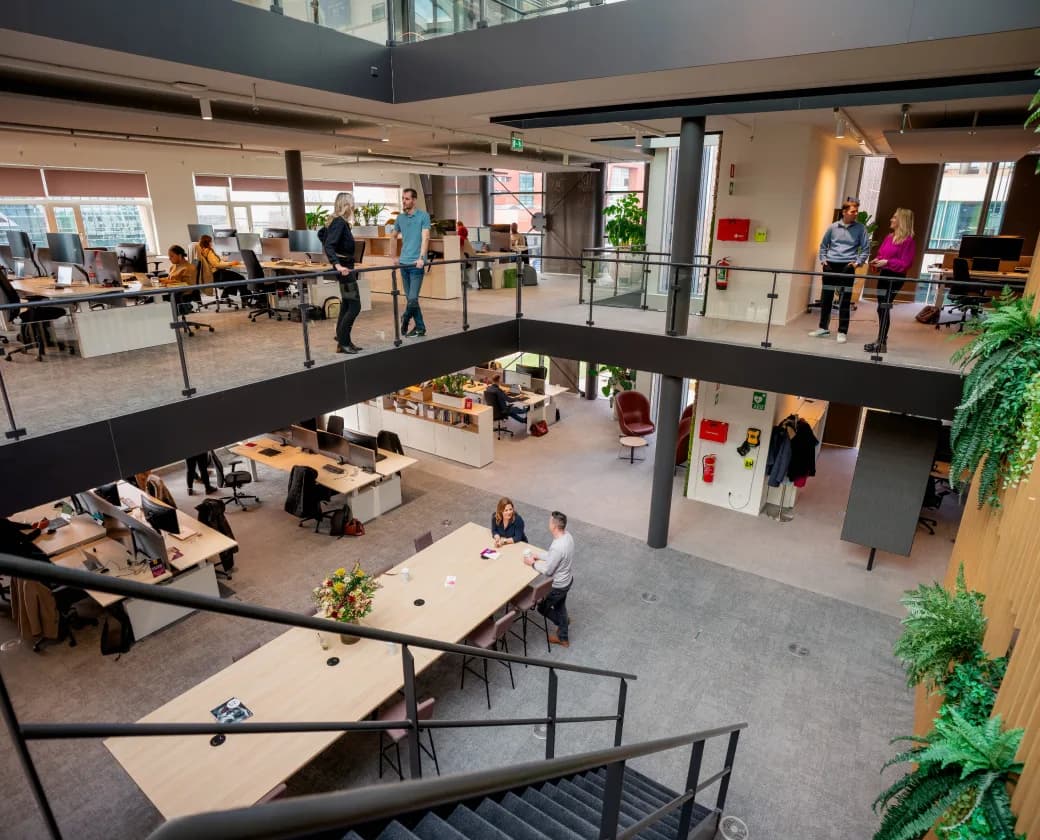Flexible hiring today goes far beyond “quickly providing a candidate.” In a job market characterised by scarcity, compliance challenges, and rapid digitalisation, building a future-proof flexible workforce is a strategic necessity. Organisations need control: over quality, costs, processes, and risks. This requires an integrated approach where technology, smart processes, and human expertise seamlessly come together. In this article, we show how we implement this approach in practice.
Smart processes as a foundation
A well-structured hiring process begins with organisation. By using digital platforms like Striive, the process becomes streamlined and transparent. Requests are immediately analysed for feasibility, rates, and contract type. Recruiters check whether the request is drawn up SMART and advise on optimising requirements and wishes. This increases the chance of successful placement and prevents scarce profiles from unnecessarily remaining out of reach.

AI and human expertise: the power of combination
Technology plays an important role in accelerating processes. AI tools such as TextKernel and Actonomy assist in matching profiles and rewriting job descriptions. But it is the human expertise that makes the difference. Recruiters conduct interviews, screen candidates and ensure a personal approach. This balance between tech & touch ensures both speed and quality.
Transparency in rates and contracts
Another important aspect is cost control. By showing a clear breakdown of the hourly rate – including margins – with each offer, complete transparency is created. This prevents surprises and contributes to a level playing field for suppliers and independent professionals. Contracting is done via the platform, minimising errors and streamlining processes.
Even after placement, the service does not stop. Candidates are guided through screening and onboarding, and any signs of mismatch are quickly addressed. With coaching, replacement or profile revision, continuity is ensured. Even when ending a collaboration, there is attention to quality: with transfer dossiers, communication plans and GDPR-compliant data migration, a smooth exit is facilitated.

Data as a strategic tool
With a database of over 167,000 professionals and experience with hundreds of clients, a wealth of labour market data is generated. This data is used to identify trends, benchmark rates, and optimise recruitment strategies. Through dashboards and reports, clients receive real-time insights into performance, risks, and opportunities. This makes it possible not only to act reactively, but also to proactively steer future needs.
Quality as a continuous process
The quality of candidates is assured through a combination of automated matching and human assessment. Candidates are screened on hard criteria as well as on soft skills, motivation and cultural fit. When signs of insufficient alignment are identified, quick action is taken: with coaching, replacement or profile review. In addition, talent pools are set up for in-demand profiles, allowing for quick responses to new requests.
Flexible hiring requires more than just providing candidates. It requires vision, structure and collaboration. By bringing together technology, processes and people, an approach is created that not only meets the demands of today but is also ready for the challenges of tomorrow. Organisations that embrace this approach are building a flexible layer that is agile, compliant and future-proof. Read here what an MSP costs.
